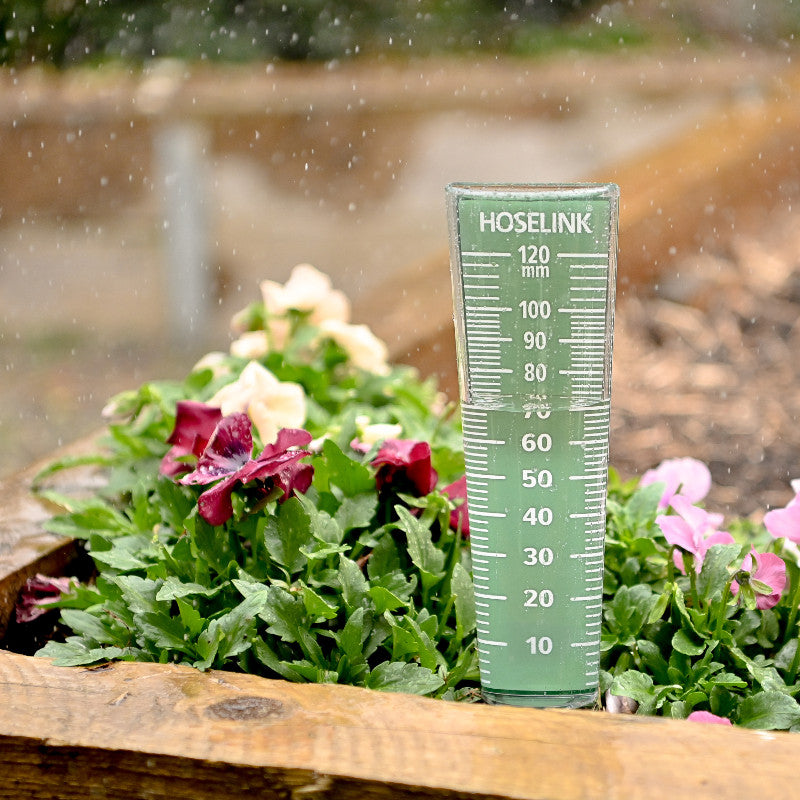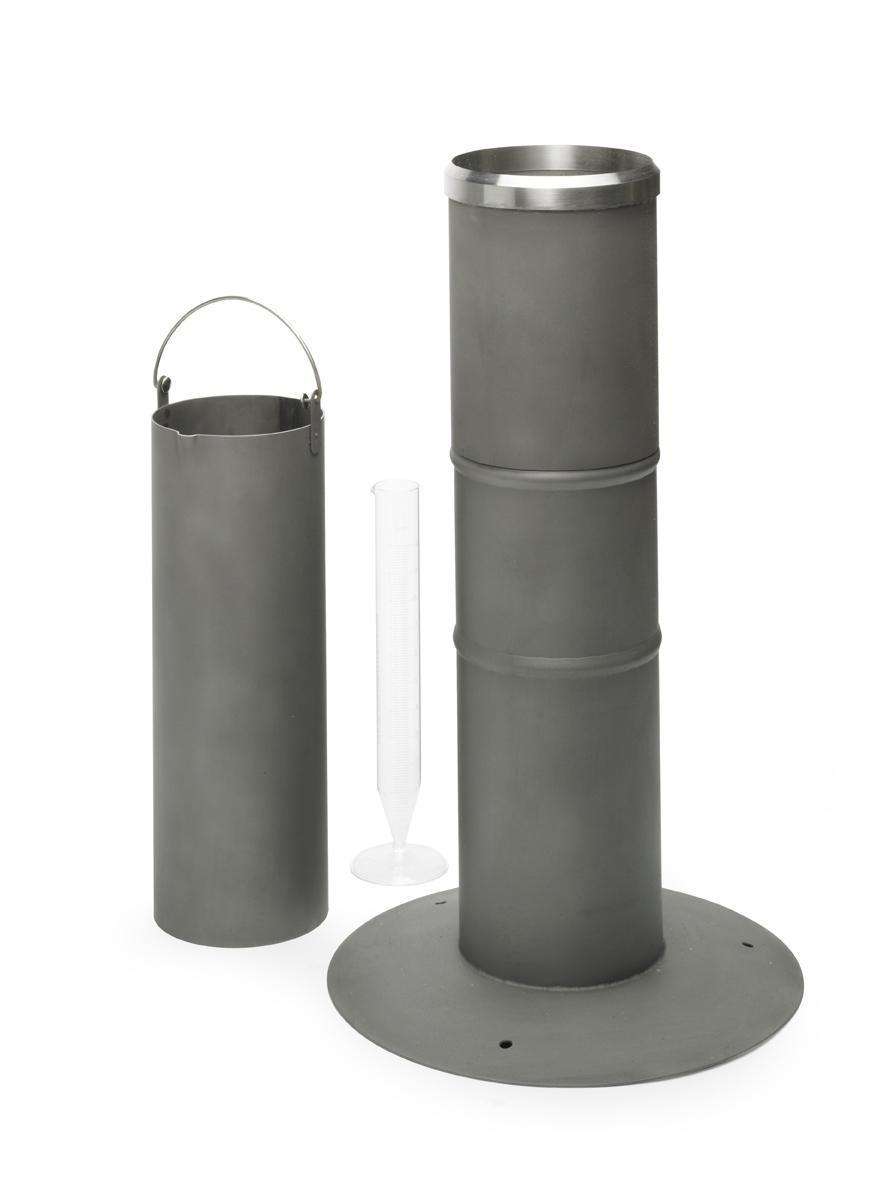Innovative Styles in Rain Gauges: What Makes Them Stand Out
Innovative Styles in Rain Gauges: What Makes Them Stand Out
Blog Article
Revealing the Science Behind Rain Evaluates: How These Instruments Play a Crucial Role in Environment Study and Environmental Tracking
Rainfall determines, apparently basic tools, hold a profound value in the world of climate research study and environmental surveillance. As we peel back the layers of this clinical veil surrounding rain gauges, we discover a globe where precision, information accuracy, and meticulous observation assemble to unveil a much deeper understanding of our transforming environment and its impact on the planet.
Relevance of Rain Scales
Rainfall determines play an essential role in monitoring and gauging rainfall levels, providing essential data for environment research study and analysis. These tools are essential in measuring the amount of rainfall that happens in a specific location over a particular period. By gauging and gathering rainwater, rain evaluates deal important insights into the distribution and strength of precipitation, assisting meteorologists, hydrologists, and climatologists in understanding weather patterns and patterns.
Among the key reasons that rainfall evaluates are essential is their capability to offer exact and localized information. Unlike satellite or radar-based measurements, which provide broader monitorings, rainfall determines offer precise info details to the area where they are placed. This local information is crucial for different applications, including flood forecasting, drought monitoring, and water resource management. Furthermore, long-lasting information accumulated from rain determines helps in examining climate change influences and patterns, adding significantly to scientific research and decision-making processes. In significance, rainfall evaluates act as vital tools in the area of meteorology and ecological scientific research, playing a vital function in advancing our understanding of climate and climate dynamics.
Types of Rain Gauges

Performance and Operation
In the world of climate research and meteorological research studies, the effectiveness of rain determines depend on their complex functionality and exact functional systems. Rain gauges are created to precisely gauge the amount of rainfall that tips over a certain area throughout a set duration. These gadgets normally consist of a funnel that collects rainwater and networks it into a gauging tube. The measuring tube is noted with adjusted measurements that permit for the precise quantification of rainfall.
The functionality of rainfall evaluates is based on the concept of measuring and gathering rain in a standard way. This gathered information is vital for understanding neighborhood climate patterns, tracking lasting climate patterns, and assessing ecological effects. To make certain exact measurements, rainfall gauges requirement to be purposefully placed in open areas far from obstructions such as buildings or trees that can hinder the collection procedure.
The functional aspect of rain evaluates involves normal maintenance to avoid particles build-up, calibration checks to preserve measurement accuracy, and information recording for evaluation (rain gauge). In general, the functionality and operation of rainfall assesses are crucial for collecting dependable rainfall information crucial to environment research and environmental monitoring
Duty in Environment Study
Offered the crucial value of exact precipitation measurements in understanding climate patterns and ecological effects, the role of rain gauges in environment research study is essential. Rain determines supply important information for environment research by measuring the amount of rainfall that tips over a certain location during an offered period. This information is critical for checking long-lasting fads in precipitation patterns, examining the influence of environment adjustment on rains distribution, and improving environment designs.

Environment scientists use data collected from rain evaluates to analyze variations in rainfall levels, identify local climate patterns, and examine the effectiveness of water resource administration strategies. By comparing historical precipitation information with existing dimensions, scientists can detect shifts in rainfall patterns, such as adjustments in the regularity or strength of rainfall events. find out here now This information is vital for understanding how environment change is affecting rainfall characteristics and can assist policymakers make informed decisions pertaining to adaptation and mitigation techniques.
Applications in Environmental Surveillance

In flooding projecting, rainfall gauge data aids to track rainfall intensity and circulation, allowing authorities to provide prompt warnings and take essential actions to mitigate flood threats (rain gauge). Drought surveillance relies upon rain scale data to examine moisture levels in the soil and track rainfall shortages, helping in the identification of drought-prone areas and the implementation of drought response techniques
Furthermore, rain gauge data plays a learn this here now vital duty in water resource monitoring by offering details on water availability and usage trends. In addition, in agriculture, rain gauge data helps farmers in enhancing watering schedules, crop choice, and total farm monitoring methods based on neighborhood rainfall patterns.
Final Thought
Finally, rainfall gauges are essential tools for gauging precipitation, giving important information for climate research and ecological tracking. With numerous kinds and performances, rainfall gauges play a crucial function in understanding precipitation patterns and their effect on the atmosphere. By properly determining rainfall, these tools add to the development of clinical knowledge and help in making educated read the article decisions relevant to water resource administration and calamity readiness.
Rain assesses play an important role in tracking and gauging rainfall levels, supplying crucial data for environment research and evaluation. The standard rain gauge, recognized as the "tipping container" gauge, is one of the most commonly made use of tools. Ultrasonic rainfall assesses use noise waves to detect the visibility of rain, offering real-time data on rainfall levels.Climate researchers make use of information accumulated from rain evaluates to analyze variants in rainfall levels, identify local climate patterns, and evaluate the effectiveness of water resource administration techniques.In final thought, rain gauges are necessary devices for gauging rainfall, providing important data for environment research study and environmental surveillance.
Report this page